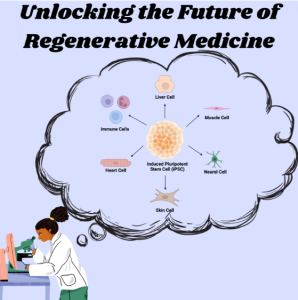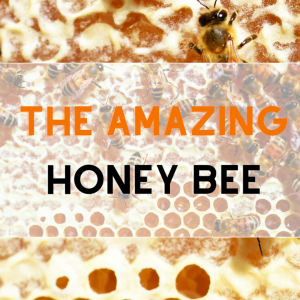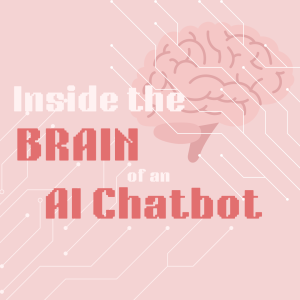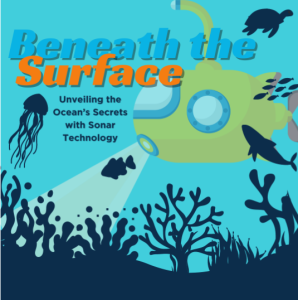Unlocking the Future of Regenerative Medicine
By Ariane Tsai, C2ST Intern, University of Illinois Urbana-Champaign, Institute for Genomic Biology
Regenerative medicine and stem cell therapy. We see these buzzwords when discussing the current advances in modern medicine. But where did it all begin? Stem cell research stretches back to the mid-20th century when researchers observed the regenerative capabilities of organs. This led to the hypothesis that cells may be able to become different cell types. For the next 50 years, scientists continued to make breakthroughs. They discovered that there are cells capable of becoming other cells (i.e., differentiate). Thus, they named the cells with the ability to differentiate and self-renew “stem cells.”

Continue reading “Unlocking the Future of Regenerative Medicine”



